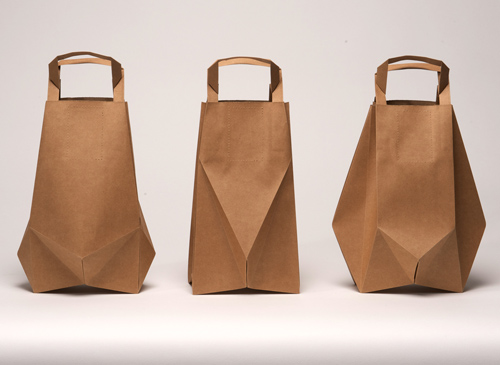Many people might look at this story through a civics lens. The civics concept of citizenship can be elevated to understand how citizens work together to bring important change to communities.
I want to take a different spin on this story, because people sometimes struggle to see that economic thinking is not just about money. Economic thinking can be applied to any situation where a decision is made. In this story, the kids choose to spend at least eight hours fixing a bike. As an incentive, students are given a refurbished bike at the end of their volunteer work.
When we apply the concepts of scarcity - cost and choice - and opportunity cost, economic thinking might look like this.
- I don't have enough time in my day to do everything that I want to do. In this situation, my time is scarce.
- I can choose to use my eight hours in different ways. I could watch tv, read a book, play with friends, sleep, play with the dog, sit around and be a bum, ..... every other option is a choice.
- If I choose to use my eight hours volunteering to fix bicycles, there are costs. My choice would mean that "during these eight hours" I cannot watch tv, I cannot read a book, I cannot play with friends, I cannot play with the dog, and I cannot sit around and be a bum....all of these things are costs given up because of my decision to use my time this way.
- When I look at all of the other things that I could have done with my eight hours, the one that is most difficult for me to give up is playing with my friends. More than anything, I LOVE to play with my friends. For this reason, playing with my friends is my opportunity cost.
Economic thinking is automatically incorporated into any situation where people make decisions. As teachers, our goal is to help kids understand how to utilize economic reasoning and critical thinking in making a decision. This is a skill that will allow students to be more thoughtful now AND in the future. Helping students to slow down and consider alternatives within a decision helps them to apply economic thinking to a situation. Consider some of the other decisions that students make on a daily basis, and ask yourself, "How would I ask students to show me their economic thinking within this decision? What might this look like in student work?"
Examples of student decisions:
1. Every day students decide whether to do their homework or not.
2. Every day, students decide who they will sit with at lunch (often the same students). Check out my blog posting on this economic decision.
3. Every day, students decide whether to put maximum effort into their work.
4. Every day, students decide if they are going to interact with their peers respectfully...or not.
5. Every day, students decide how to use their free time at home.



